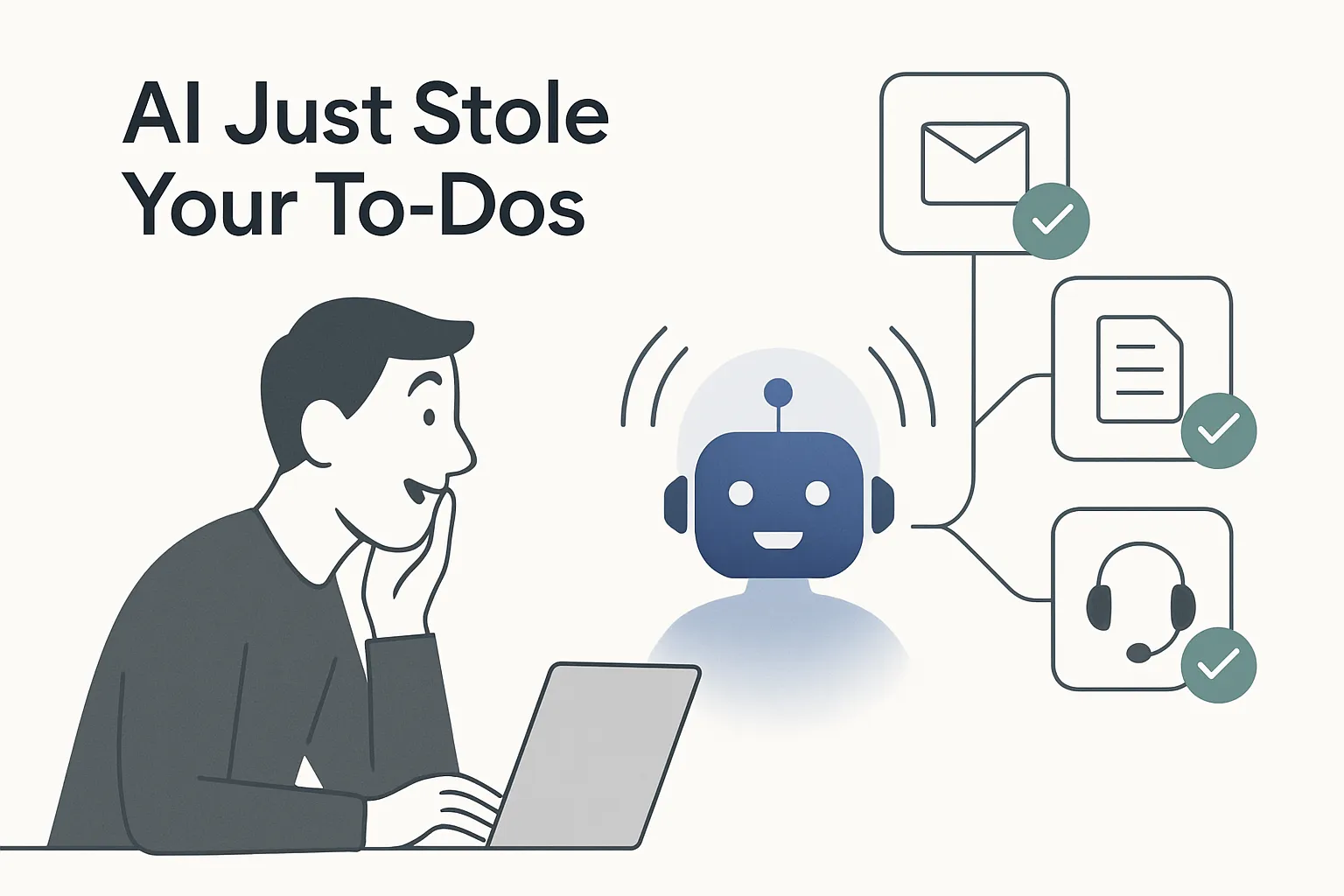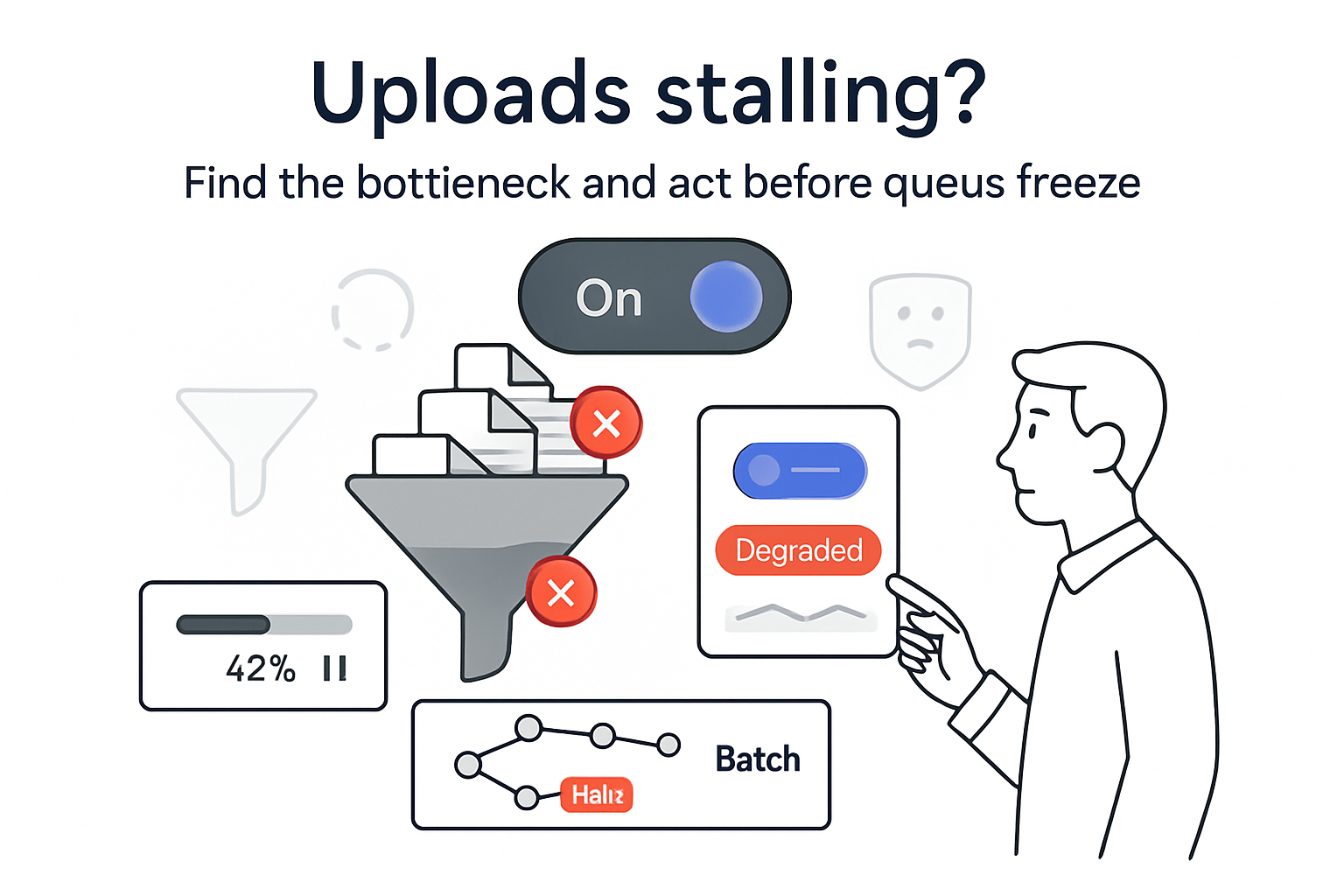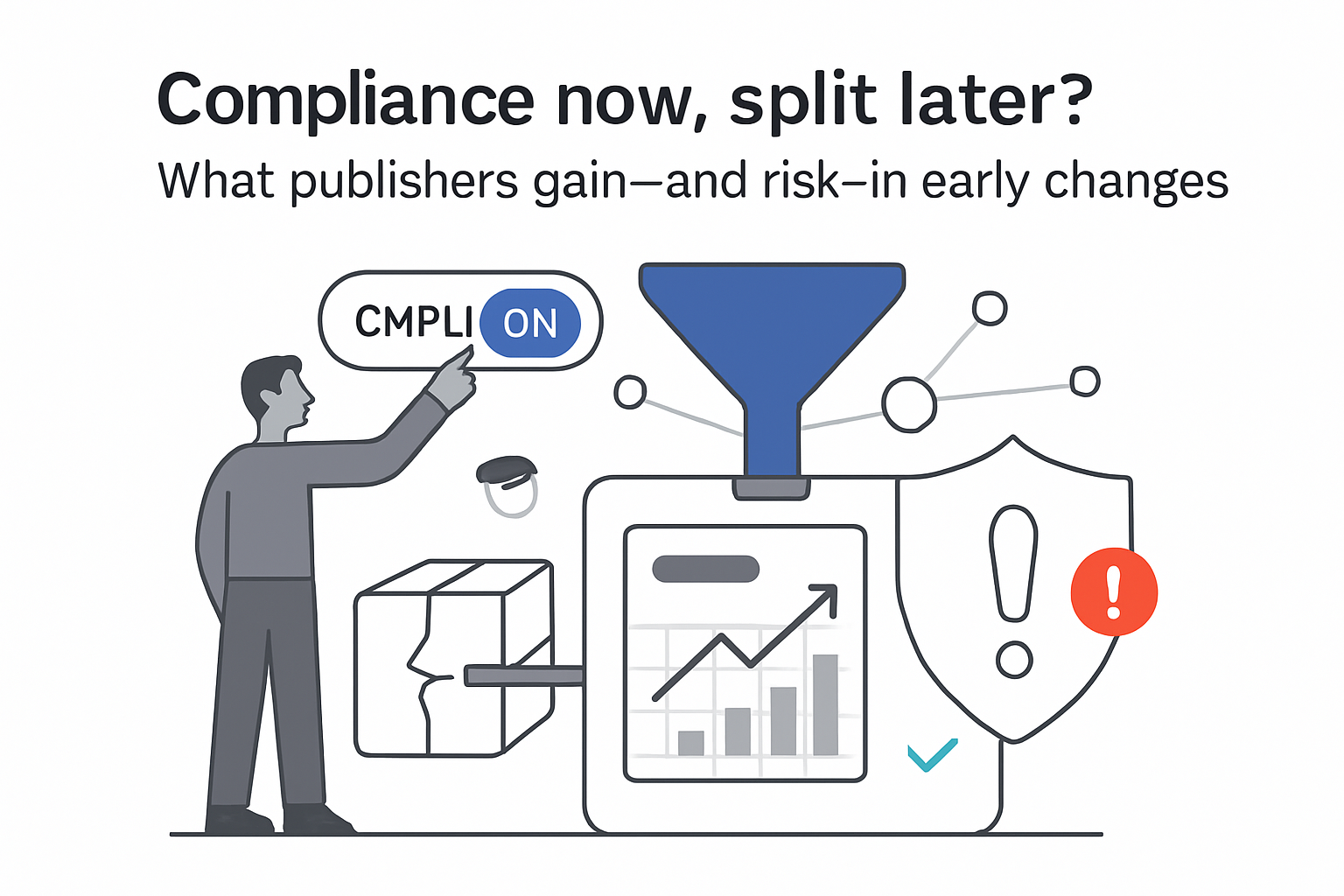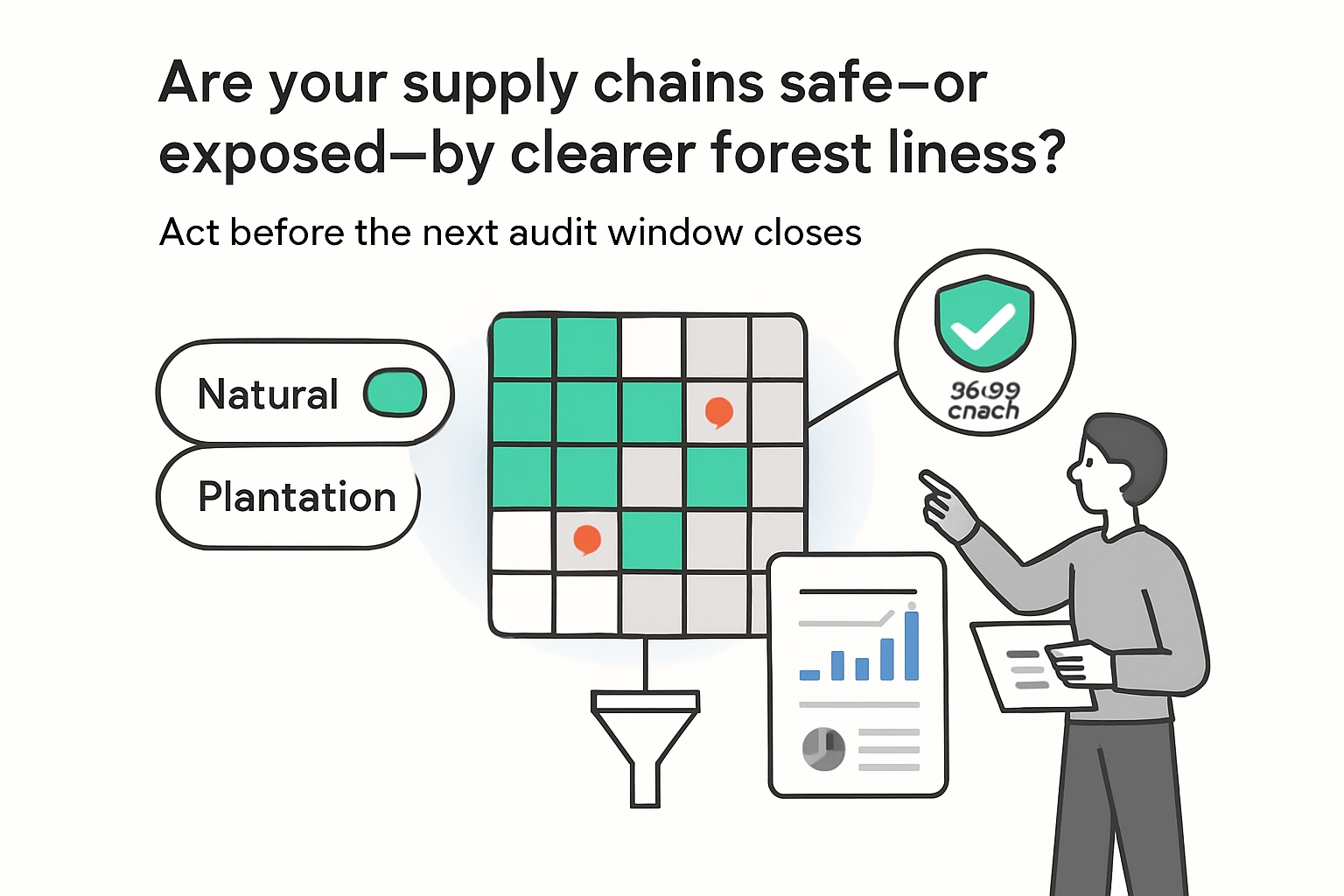Microsoft’s review of 200,212 Copilot chats reveals that sales and marketing jobs lead all functions in generative-AI suitability, posting task-level applicability scores between 0.35 and 0.46. Routine research and copywriting are being automated first, steering human effort toward concept development, relationship building, and strategic analysis.
Executive snapshot
- Sales representatives log the highest AI applicability score at 0.46; writers and authors 0.45; customer-service staff 0.44; market-research analysts 0.35.
- Sixty-eight percent of prompts from marketing and sales employees involve information gathering, summarizing, or drafting copy.
- Visual design, complex data interpretation, and in-person event tasks score 0.18 or lower - three to four times below writing tasks.
- The correlation between wage level and AI applicability is only 0.07, suggesting impact across pay bands.
- On LinkedIn, the share of U.S. marketing job ads requiring gen-AI skills has climbed from 5 percent in 2021 to 28 percent in 2024.
Method and sources
Microsoft Research analyzed 200,212 anonymized Copilot conversations from 11,296 employees at 63 U.S.-headquartered firms (Jan–Sep 2024). Each chat was matched to an O*NET occupation and task, then scored for applicability - how often AI was used and whether the user reported a satisfactory outcome. Scores range from 0 to 1. Full research details are available in the published paper.
Supplementary context comes from:
- McKinsey Global Institute review of 2,800 sales-and-marketing activities (Jun 2024)
- LinkedIn Economic Graph analysis of 12 million U.S. job postings (Oct 2024)
Limitations: early-adopter sample, qualitative tasks only, no direct profit or head-count measurement.
Task-level performance in sales and marketing
Occupations with highest applicability
- Sales representatives – 0.46
- Writers and authors – 0.45
- Customer-service representatives – 0.44
- Technical writers – 0.38
- Public-relations specialists – 0.36
- Advertising sales agents – 0.36
- Market-research analysts – 0.35
High-success tasks (≥0.40 satisfaction)
- Drafting email or outbound copy
- Summarizing research articles
- Generating talking points for calls
- Explaining industry concepts to junior staff
Low-success tasks (≤0.18 satisfaction)
- Designing brand visuals
- Interpreting multivariate campaign analytics
- Negotiating live with clients
- Planning event logistics that require local knowledge
Cross-study context
McKinsey estimates that 60–70 percent of time spent on content generation in marketing could be automated or augmented by generative AI, versus only 8–13 percent for strategic planning. LinkedIn reports year-on-year quadrupling in postings for “AI content specialist,” while “brand strategist” roles fell 6 percent.
Implications for marketing leaders
- Near-term: routine copy, brief research, and internal knowledge transfer are becoming machine-assisted defaults; human oversight remains critical for tone, compliance, and brand nuance.
- Role redesign: positions weighted toward these activities - for example, BDR email prospecting or basic market-analysis reporting - will see time reallocated rather than eliminated.
- Career paths: expect a split between operators who orchestrate AI workflows and advisors who craft strategy and creative concepts.
- Outlook: gen-AI image tools could push low-complexity design tasks above a 0.30 applicability score by mid-2025, potentially squeezing junior graphic roles.
Contradictions and gaps
- IBM’s 2024 CMO survey finds 46 percent expect net head-count growth from AI adoption, contrasting with Microsoft’s neutral stance.
- No field study yet tracks revenue lift or client-satisfaction changes when AI drafts early-stage sales outreach.
- The Microsoft dataset covers only U.S. firms; task mix and language requirements differ in other markets.
- Additional media coverage highlights similar uncertainties, emphasizing the need for longitudinal research.
Data appendix (abridged)
Occupation | AI applicability score
- Sales representatives | 0.46
- Writers and authors | 0.45
- Customer-service representatives | 0.44
- Technical writers | 0.38
- Public-relations specialists | 0.36
- Advertising sales agents | 0.36
- Market-research analysts | 0.35
Sources
[S1] Microsoft Research. “Who Uses Generative AI and for What? Evidence from 200 k Workplace Conversations.” Jul 2025.
[S2] McKinsey Global Institute. “The Economic Potential of Generative AI in Marketing & Sales.” Jun 2024.
[S3] LinkedIn Economic Graph. “AI Skills Index: Q4 2024.” Oct 2024.
[S4] IBM Institute for Business Value. “AI-Augmented Enterprise 2024 Survey.” May 2024.







.svg)